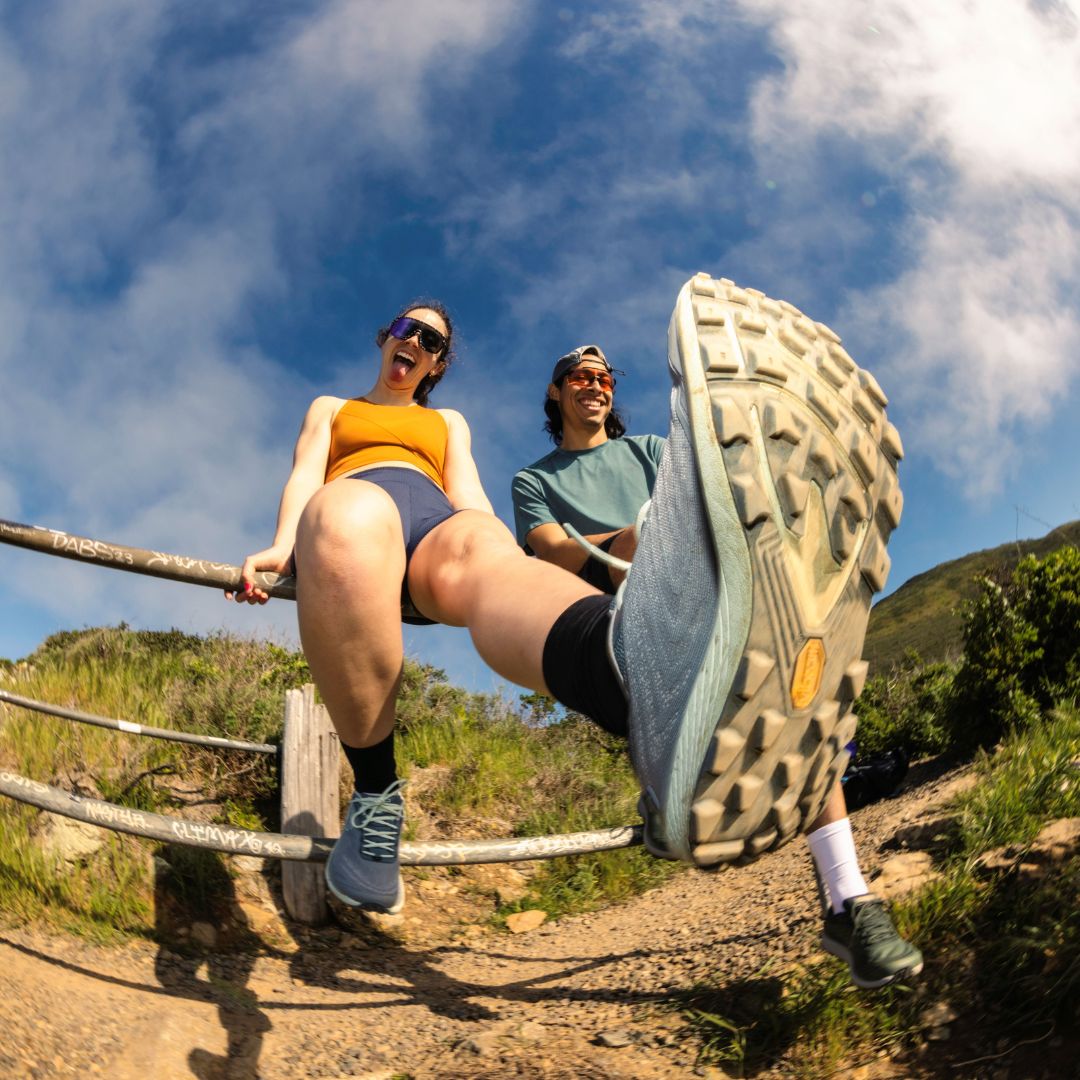Running training during pollen season – how to get through spring

Spring is finally here! The sun is warming, the days are getting longer, the birds are singing – and many of us feel the motivation to lace up our running shoes come alive after a long winter. But with spring also comes something less welcome: the pollen season.
For those who love running outdoors but struggle with pollen allergy, this time of year can feel like a real challenge. Nasal congestion, itchy eyes, and fatigue are not exactly ideal conditions for a lovely run in the spring sunshine. But don't worry – there are ways to adjust your running training so you can continue to enjoy both the exercise and the spring.
What happens in the body during hayfever?
When pollen grains from trees, grass, or mugwort come into contact with our mucous membranes, the immune system reacts as if it were something dangerous – even though it really isn't. Histamine is released in the body, causing typical allergy symptoms such as sneezing, runny nose, nasal congestion, fatigue, and irritated eyes.
For a runner, this means that both breathing, energy, and focus can be negatively affected – especially if running outdoors when pollen levels are high.
How you can adjust your running training during the pollen season
Here are some concrete tips to keep running without letting pollen stop you:
1. Keep track of the pollen forecast
Plan your runs according to the day's pollen situation. Some apps and weather services show daily pollen levels. Try to run on days when levels are lower – for example, right after rain, when pollen grains are washed out of the air.
2. Run in the morning or late in the evening
Pollen levels are often highest in the middle of the day. If you run early in the morning or later in the evening, you can reduce exposure.
3. Choose the right place
Avoid open fields and areas with a lot of vegetation if you know you react strongly to, for example, birch or grass. An alternative can be to run near water or in urban environments, where pollen levels are often somewhat lower.
4. Wear sunglasses and a cap
It protects the eyes from direct contact with pollen and can reduce irritation.
5. Shower immediately afterwards
Change clothes and shower after your run to remove pollen from skin, hair, and clothes. This reduces the risk of continuing to react even indoors.
6. Train indoors on some days
When pollen levels are extreme – or if your body signals you to stop – it's completely okay to swap your run for a treadmill or other indoor cardio training. The most important thing is that you move and feel good.
7. Use medication as needed
Consult a doctor or pharmacy about over-the-counter allergy medications that can relieve symptoms. Many experience a big difference with the right treatment – and it can make all the difference in having the energy to train.
Give yourself a little extra patience
It's important to listen to your body during the pollen season. It's not laziness to adjust the pace or take more rest days – it's smart. Allergy symptoms can actually affect performance quite a bit, and it's completely okay to adapt. Spring is long, and the most important thing is that the training is sustainable in the long run.
Running training in the spring can be one of the most enjoyable things there is – a mental fresh start after winter. Don't let the pollen season take that away from you. With a little planning, adjustment, and care, you can keep running, enjoy the spring air, and feel good in your body.

















